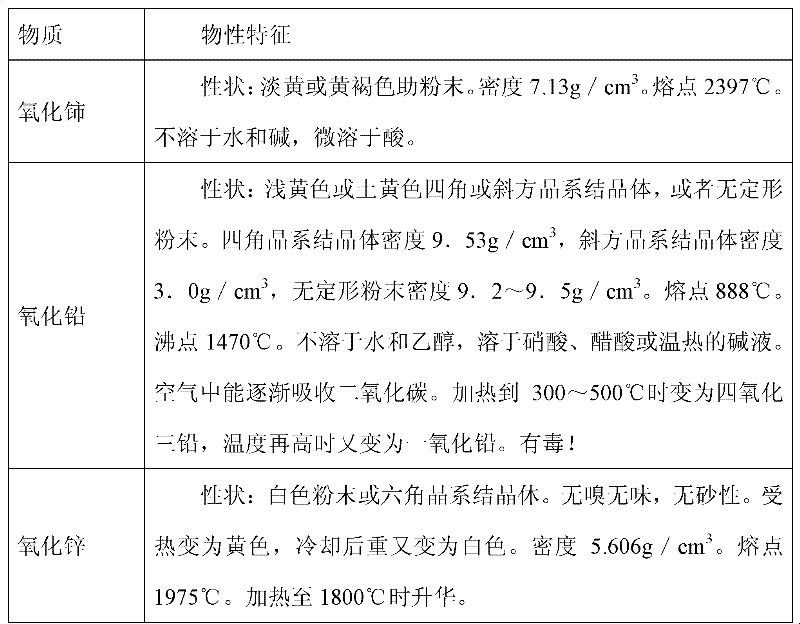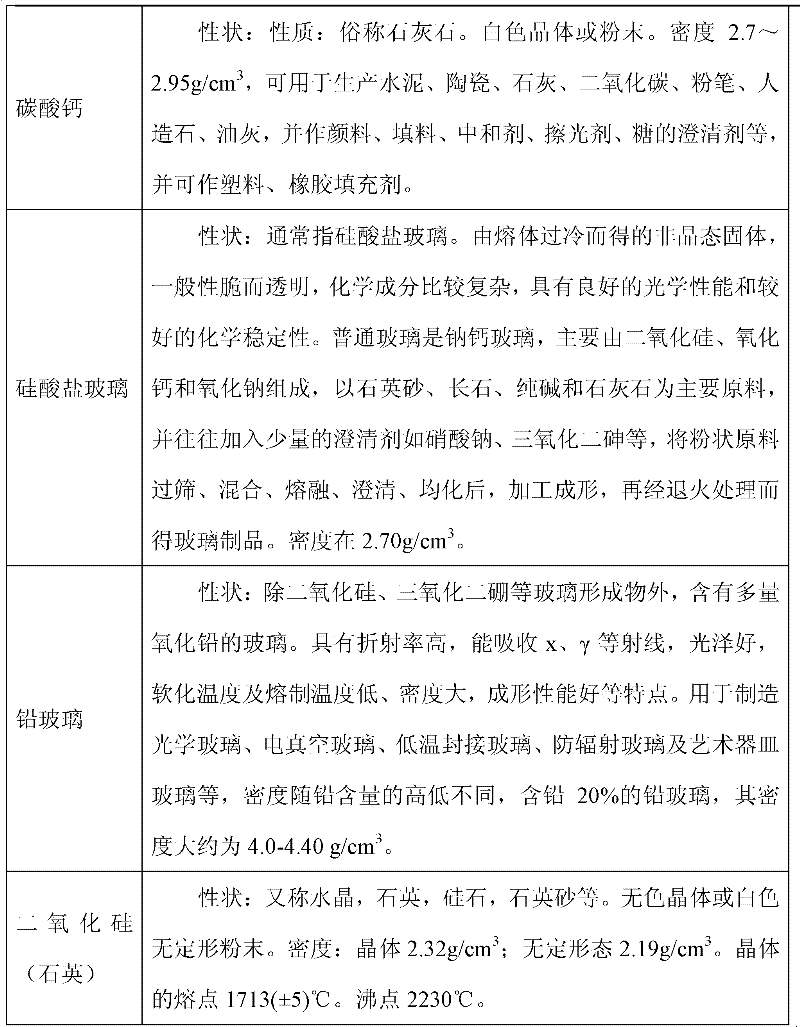Method for separating each component in waste residue in crystal industry
A technology of waste residue and crystal, which is applied in the field of separation of components in waste residue in the crystal industry, can solve the problems of a large amount of waste water, no method to provide, and uneconomical, etc., and achieve the effect of low processing cost, simple operation, and high separation purity
- Summary
- Abstract
- Description
- Claims
- Application Information
AI Technical Summary
Problems solved by technology
Method used
Image
Examples
Embodiment 1
[0041] Take 50Kg crystal waste residue, grind it through a ball mill, and the average particle size of the grinding is 60 microns, and use a pulper to adjust the finely ground waste residue into a slurry with a concentration of 20%. 2 Multiple gravity separations are carried out on a shaker with the same specifications, and the heavy components are collected each time, while the light component slurry is subjected to multiple gravity separations, and the corresponding components are collected. Each component was weighed, measured, tested and sorted: the recovery rate of rare earths was 85.5%, and the purity of rare earths was 95.0%; the purity of lead-containing glass components was 92.1%, and the recovery rate was 86.0%; the purity of light components was 85.3% %.
Embodiment 2
[0043] The gravity separation process is the same as in Example 1, except that the grinding equipment is a rod mill. Each component was weighed, measured, tested and sorted: the recovery rate of rare earths was 83.5%, and the purity of rare earths was 93.2%; the purity of lead-containing glass components was 90.6%, and the recovery rate was 85.8%; the purity of light components was 82.5% %.
Embodiment 3
[0045] The gravitational separation process is the same as in Example 1, except that the average particle size of grinding is controlled at 40 microns. Each component was weighed, measured, tested and sorted: the recovery rate of rare earths was 80.5%, and the purity of rare earths was 96.2%; the purity of lead-containing glass components was 93.0%, and the recovery rate was 83.6%; the purity of light components was 87.5% %.
PUM
| Property | Measurement | Unit |
|---|---|---|
| particle size | aaaaa | aaaaa |
Abstract
Description
Claims
Application Information
 Login to View More
Login to View More - R&D
- Intellectual Property
- Life Sciences
- Materials
- Tech Scout
- Unparalleled Data Quality
- Higher Quality Content
- 60% Fewer Hallucinations
Browse by: Latest US Patents, China's latest patents, Technical Efficacy Thesaurus, Application Domain, Technology Topic, Popular Technical Reports.
© 2025 PatSnap. All rights reserved.Legal|Privacy policy|Modern Slavery Act Transparency Statement|Sitemap|About US| Contact US: help@patsnap.com


